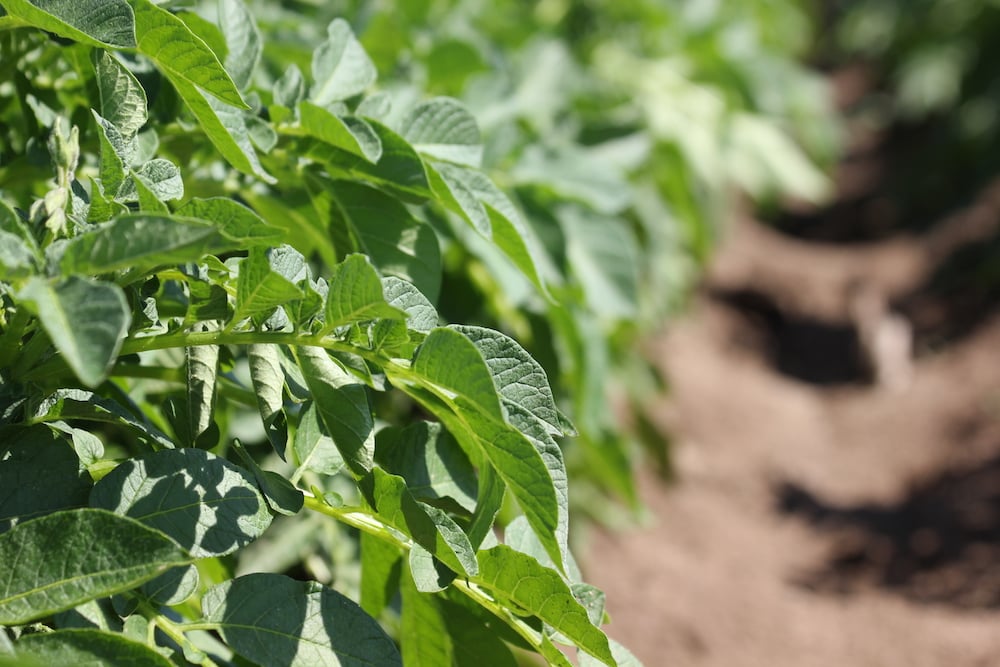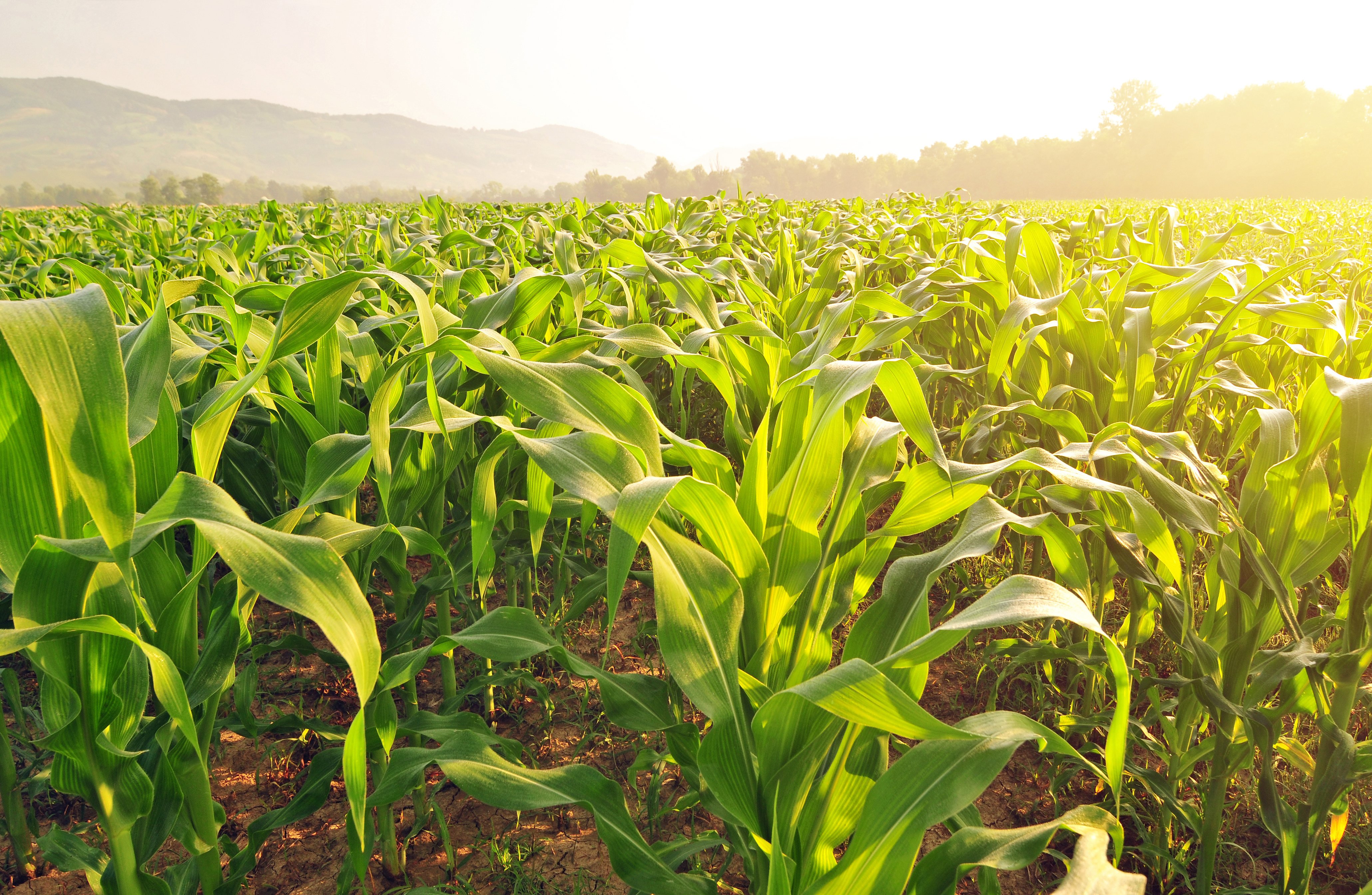Question: I’ve used Ceres Imaging over the past few months to optimize my irrigation strategy—but now I’m focused on preparing for harvest. Should I continue to use aerial imagery this late in the season?
Answer from Jeff Divan, Ceres Imaging Lead Agronomist:
Growers new to working with us are sometimes surprised that Ceres Imaging continues to capture and analyze farm data in August, September, and beyond. While most crops are nearing maturity, aerial imagery and analytics still has an important role to play in guiding harvest plans—and helping growers prepare for the season ahead.
Depending on the crop, there are a few things we advise clients to keep in mind this time of year in terms of nutrient management:
Potatoes
Plan ahead for fall soil amendments if potatoes are going in on a new field. Late-season imagery in grain fields rotating to potatoes—or on bare ground after harvest—can help identify soil variability and guide the creation of management zones for the next growing season. (You can learn more about cost-effective soil mapping with Ceres Imaging here.)

Cotton
Especially if July and early August have been cool and wet in your region, be on the alert for undesirable, rank plant growth. By automatically creating management zones based on late-season data, our in-app zone creation tool offers a precise and cost-effective route to variable rate PGR prescriptions.
Corn and soy
When rotating a corn field back to beans, look for areas of high pH: you may decide to plant soybeans at higher populations to counteract iron chlorosis. Our in-app zone creation tool can help you reduce costs and improve the efficacy of variable rate seeding and in-furrow iron chelate products. The VRA tool will also give the exact acreage of each zone, so you’ll be better able to plan for seed and fertilizer expenses.

Regardless of your crop, late-season imagery can inform yield predictions and help you prepare for harvest. An aerial perspective makes it easy to compare crop maturity and yield potential across fields, so you can organize an efficient harvest route and save time and fuel.
We also encourage growers to think past the coming harvest to the season ahead. If you’ll be renting new ground—or rotating crops on the same land you currently farm—it’s not too early to evaluate the irrigation system. Late-season imagery can reveal issues in sprinkler and drip systems in plenty of time to make corrections over the winter and ensure a strong start to 2021.
